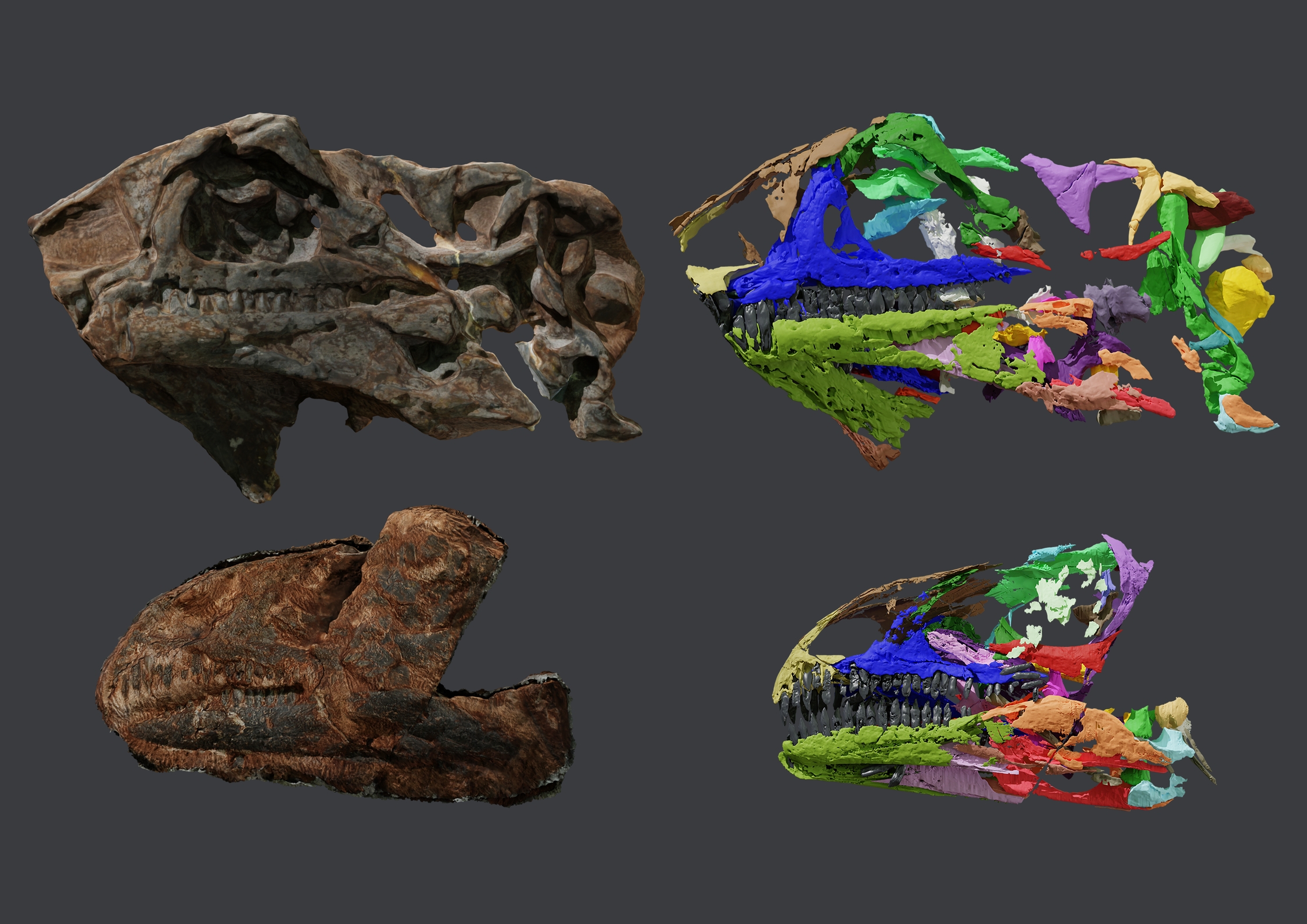A permanent resident of the polar climate zone, the island nation of Greenland has an Arctic climate with temperatures that do not exceed 50 degrees Fahrenheit in even the summer months. But some 200 million years ago, Greenland was located on the northern rim of Pangea, the “supercontinent” that eventually broke off into the seven continents we know today.
At this time, the planet was a vast, arid desert home to a variety of dinosaurs, including Issi saanea, the first specimen to have been discovered on what is Greenland today.
Issi saanea, which means “cold bone” in Greenland’s Inuit language, was a two-legged, medium-sized herbivore with a long neck. It predated the largest land animal to have ever lived, sauropods, and its description in the peer-reviewed scientific journal, Diversity, is lending greater insight into how dinosaurs once lived and spread across Earth.
The discovery story of Issi saanea dates to 1994 when Harvard paleontologists first unearthed two well-preserved skulls during an excavation in the eastern part of Greenland in a location known as the Jameson Land Basin.
One skull originally was thought to be a species called Plateosaurus trossingensis, a long-necked sauropod dinosaur that lived in parts of Western Europe during the Triassic Period roughly 200 million years ago. That’s because hundreds of Plateosaurus have been found in Germany, yet only a few have been unearthed in Greenland. But in the decades since, paleontologists continued to find early non-sauropod dinosaur remains around the planet, which prompted researchers in 2021 to further analyze the two nearly complete skulls.
An international team of researchers from Portugal, Denmark, and Germany performed a micro-CT scan on each skull to digitally reconstructed 3D models of the internal structures and any bones still covered by sediment. The team then conducted phylogenetic analyses by sifting through existing records to compare the two 1994 skulls with known, previously described specimens.
“The anatomy of the two skulls is unique in many respects, for example in the shape and proportions of the bones. These specimens certainly belong to a new species," said lead author Victor Beccari, who carried out the analyses at NOVA University Lisbon, in a news release.
Despite size differences, there were minor differences in bone structure — one specimen was shown to be a juvenile and the other nearing adulthood. But Issi saanea differs from other sauropodomorphs in its own skull structure, which sets it apart from Plaetosaurids found in Brazil and across Western Europe. During its lifespan, the supercontinent Pangaea broke apart and the Atlantic Ocean began forming; climatic changes at the time enabled the first plant-eating dinosaurs, including Issi saanea, to reach Europe and expand
Together, the dinosaur provides the first evidence of a distinct, Greenlandic dinosaur species, further extending the range of dinosaurs and helping scientists to better understand how dinosaurs evolved and moved around the planet during the 150 million years that sauropods thrived.
Sources
Beccari, Victor, et al. “Issi Saaneq Gen. et Sp. Nov.—A New Sauropodomorph Dinosaur from the Late Triassic (Norian) of Jameson Land, Central East Greenland.” Diversity, vol. 13, no. 11, Nov. 2021, p. 561. www.mdpi.com, https://doi.org/10.3390/d13110561.
“‘Cold Bone’: Researchers Discover First Dinosaur Species That Lived on Greenland 214 Million Years Ago.” EurekAlert!, https://www.eurekalert.org/news-releases/934112. Accessed 11 Nov. 2021.
GEOL 104 Sauropodomorpha: Size Matters! https://www.geol.umd.edu/~tholtz/G104/lectures/104saurop.html. Accessed 11 Nov. 2021.
Magazine, Smithsonian, and Elizabeth Gamillo. “Climate Change May Have Aided Dinosaurs’ Journey From South America to Greenland.” Smithsonian Magazine, https://www.smithsonianmag.com/smart-news/climate-change-may-have-aided-herbivores-journey-south-america-greenland-180977120/. Accessed 11 Nov. 2021.
The Triassic Period: The Rise of the Dinosaurs. https://www.nhm.ac.uk/discover/the-triassic-period-the-rise-of-the-dinosaurs.html. Accessed 11 Nov. 2021.

